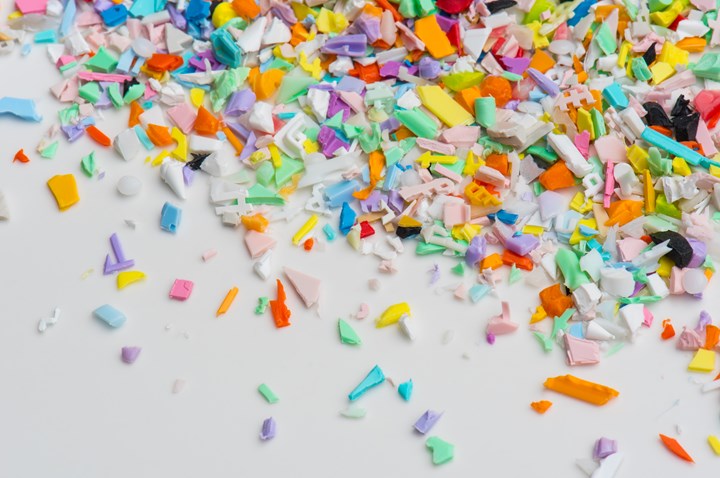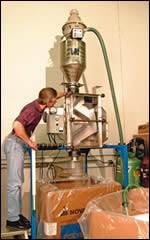Regrind On the Mind
Discarding runners and scrap would always give most molders pause, but with record-high resin prices and sustainability front and center, putting those materials into parts instead of a dumpster is more important than ever.
What do the sentences below have in common besides a clear recycling theme?
- Introducing Regrind to Your Molding Process
- Conveying, Storage and Feeding Issues with Post-Consumer Reclaim
- Maximizing PCR Content with Co-Injection Solutions
- Recycling: How to Begin the Process
- Driving the Change: High-Quality and High-Quantity Resin from Recyclable Feedstock
- The Co-Injection Revolution—You Won’t Believe How Recycled Material is Hidden Inside
- Risks and Solutions: How to Successfully Integrate More Recycled PET into Your Package
They are all titles of Plastics Technology webinars that have been presented by industry-leading suppliers over the last year, with all but one coming from makers of injection molding machines.
On April 20, I moderated a webinar given by John DePasquale, product manager for material handling & auxiliaries at Wittmann, entitled “Introducing Regrind to Your Molding Process.” In addition to injection molding machines and robots, Wittmann supplies a range of auxiliary equipment for breaking down, drying, blending and delivering regrind materials.
DePasquale opened his presentation with the results of a pre-webinar survey of registrants that touched on their use—or non-use—of regrind. Out of the approximately 220 responses, users and non-users of regrind were almost split: 54% and 46%, respectively. Of those that used regrind, however, fully one-third were using more than 40% with nearly half—49%—using at least 20%.
The top three concerns with regrind were part quality (31%), process inconsistencies (29%), and application limitations (28%), with dust (6%) and contamination (6%) following up the rear. The first two concerns are very much addressable with technologies that equipment suppliers are releasing to deal with variations in the material’s properties that can impact process consistency from shot to shot, while the last concern regarding application limitations is very much driven by market and regulatory standards that bar or greatly limit non-virgin resin.
The number and quality of webinars PT has had over the last year on the topic speaks to its ongoing importance to the plastics industry. While industry is moving forward on its own, there is also a push coming from states and businesses. New Jersey, California and Washington have all already passed recycled content requirements, while Oregon proposed legislation mandating the establishment of recovery rates. Individual companies and brandowners like P&G are Unilever moving forward with their own self-mandated goals for use of recycled content or elimination of products that can’t be recycled, with many targeting 2025 and 2030.
If you see more processing of regrind and recycled content in your shop’s future, a good place to start educating yourself on the matter would be PT’s webinars, which are available to watch on demand.

Incorporating plastics regrind and recycled materials is becoming more important than ever.
Related Content
-
General Polymers Thermoplastics to Further Expand Distribution Business
NPE2024: Following the company’s recent partnership buyout, new North American geographic territories are in its sight.
-
How to Optimize Color Evaluation of Recycled Plastics
The right color measurement instrument and good working methods will minimize variability in color evaluation of PCR.
-
Gerdau Graphene Launches “First” Graphene-Enhanced PE Additive Masterbatch for Extruded Packaging and More
The company has also partnered with conglomerate Sumitomo Corp. for distribution of its graphene-enhanced masterbatches in Japan.
















